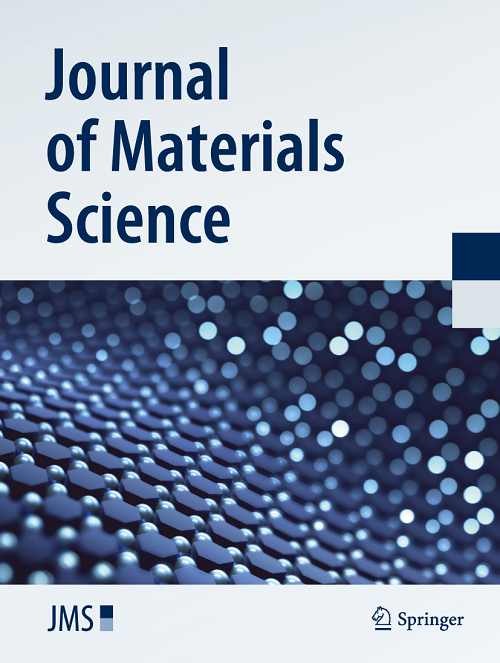Atomistic modeling of mesophase pitch-based carbon fiber with realistic structural features and its mechanical response under nanoindentation
Abstract
The ultra-high graphitization degree and unique crystalline morphology of mesophase pitch (MPP)-based carbon fibers contribute to their pronounced anisotropy. As three-dimensional woven composites evolve, the transverse properties of carbon fibers have garnered increasing attention, in contrast to existing atomistic models for molecular dynamics simulations that predominantly focus on longitudinal characteristics. Therefore, this study employed aberration-corrected transmission electron microscopy to characterize MPP-based carbon fiber samples and integrated computer vision technology to construct a realistic atomistic model incorporating a specific scaling factor. The effect of the scaling factor on model accuracy was systematically evaluated by comparing XRD and tensile simulation results with experimental data. Additionally, nanoindentation experiments revealed that elastic deformation predominates when the indenter compresses MPP-based carbon fibers longitudinally, whereas transverse indentation exhibits greater plastic deformation. Indentation simulations elucidated the underlying mechanism: Longitudinal compression primarily induces the bending of graphite sheets without covalent bond breakage, whereas transverse compression leads to more interlayer shearing due to the rupture of van der Waals bonds. Ultimately, the optimal scaling factor was determined to fall within the range of 8–12. The realistic atomistic model developed in this study, which accounts for longitudinal and transverse characteristics, may provide a valuable tool for further investigation into MPP-based carbon fibers’ three-dimensional physical and chemical properties.
Graphical abstract

 求助内容:
求助内容: 应助结果提醒方式:
应助结果提醒方式:


